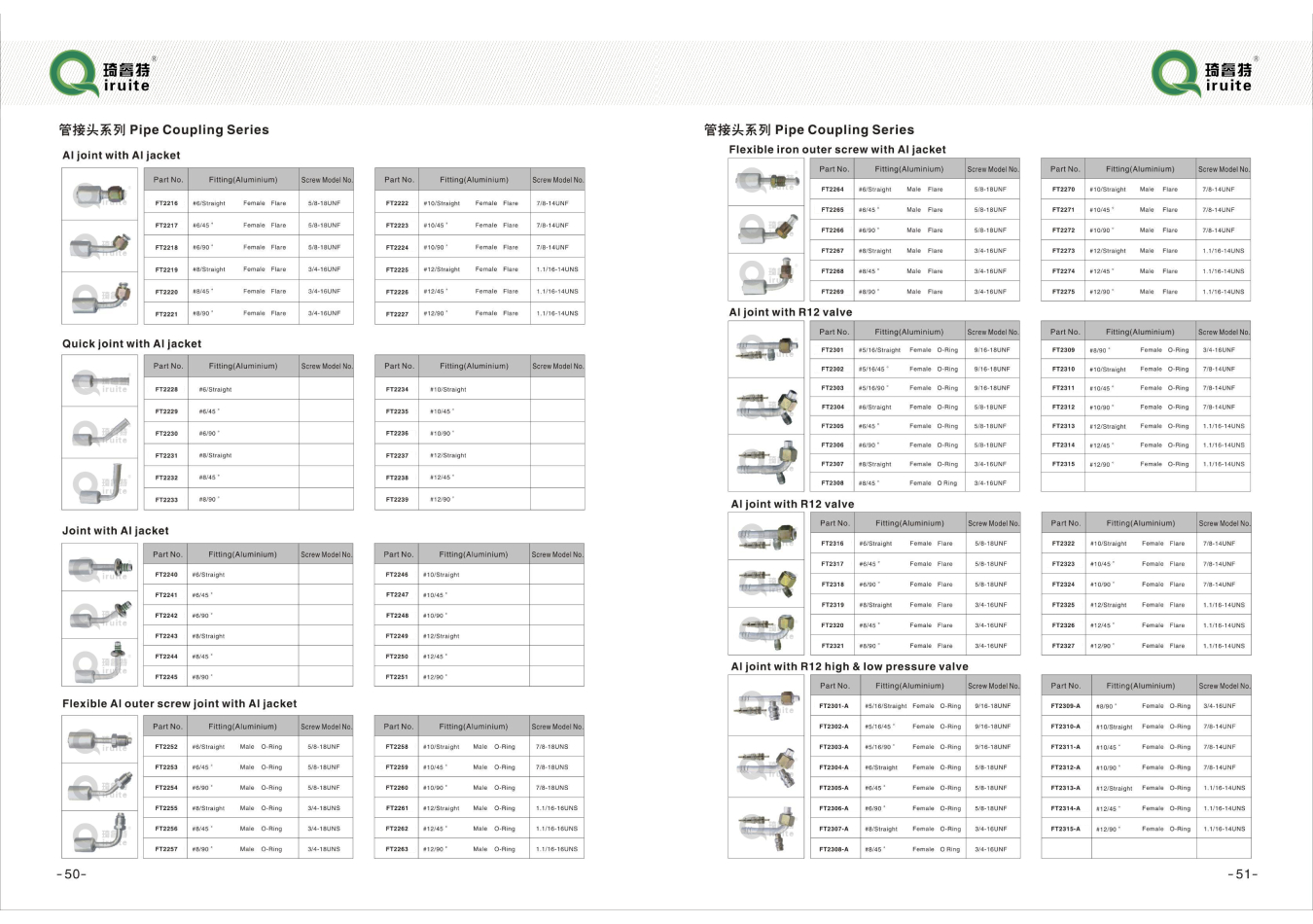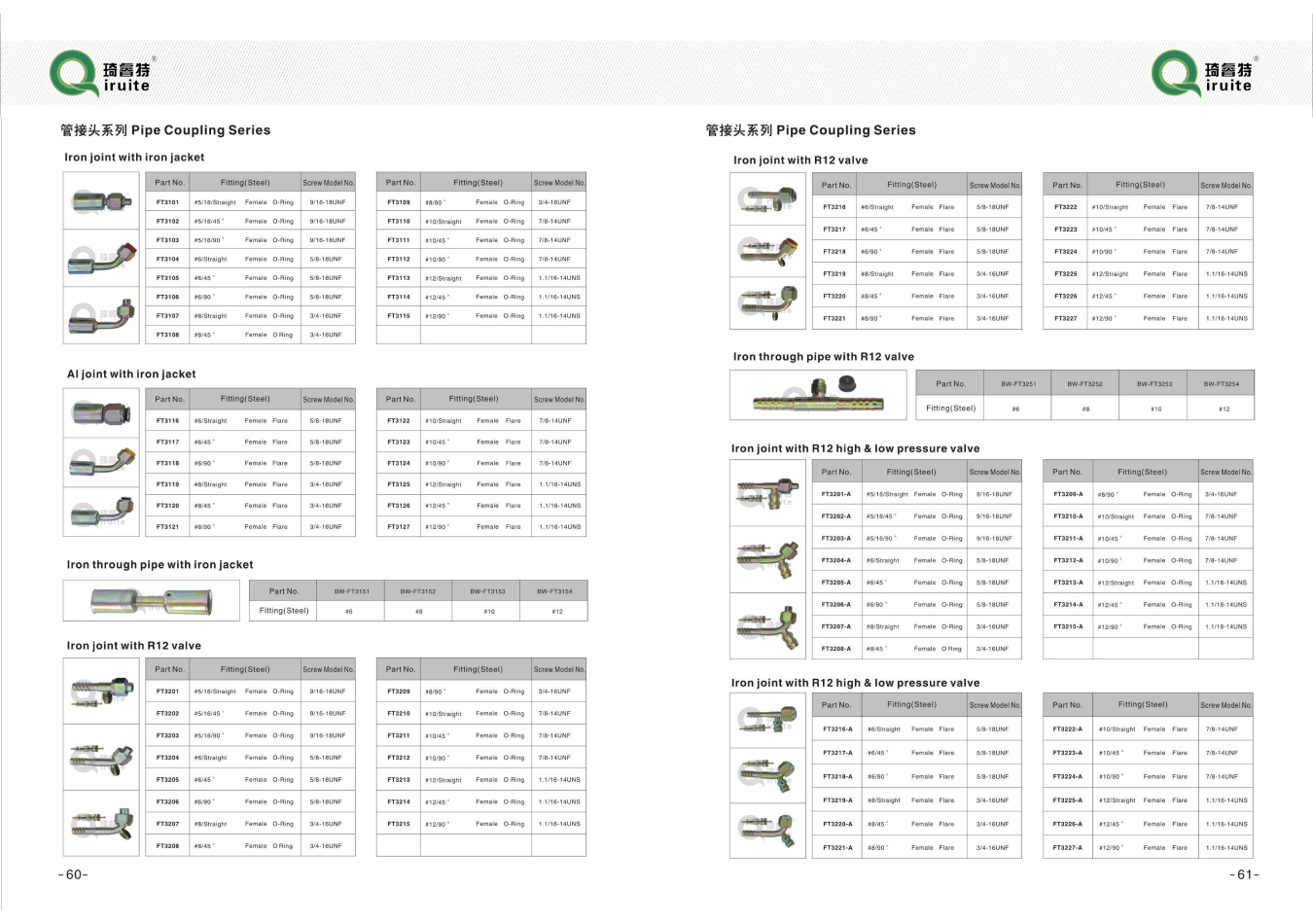Feb . 13, 2025 13:52
Back to list
spiral guard hose protection
Power steering is fundamental to managing a vehicle smoothly and comfortably. A common issue that can arise over time is a leak in the power steering hose, which can lead to decreased vehicle performance and potential safety hazards. Understanding how to tighten a power steering hose is crucial for both car enthusiasts and everyday drivers aiming to maintain their vehicles in top condition.
Identify the hose clamps that secure the power steering hose. There are usually two clamps—one at the connection of the reservoir and another at the connection of the steering gear. Utilize the appropriate size wrench and carefully tighten these clamps. It is essential not to overtighten as this can damage the hose, leading to further complications. You should feel some resistance but avoid applying excessive force. After securing the clamps, inspect the area for fluid leaks. If the power steering fluid level is low due to the leak, refill the reservoir with the recommended type and amount of fluid for your specific vehicle. Consult your vehicle's owner manual to obtain accurate specifications. Make sure there are no air pockets in the system by turning the steering wheel from lock to lock a few times, which will help purge air and ensure the fluid circulates properly. Monitor your vehicle's steering response after tightening. Conduct a short and controlled drive, listening for unusual noises, and evaluating the ease of turning the wheel. If the steering feels heavy or you hear whining noises, there may be trapped air or a continuing fluid leak. In this scenario, reassess the hose connections or consult with a professional mechanic, as unresolved issues can indicate other underlying problems such as pump failure or steering gear malfunction. Maintaining the power steering system by regularly checking the hose connections, fluid levels, and overall system health is crucial for the longevity of your vehicle's performance. Engaging in preventive maintenance can save time, prevent costly repairs in the future, and ensure the reliability of your vehicle's steering capabilities under various conditions. By following these steps with attention to quality and safety, drivers can effectively rectify power steering fluid leaks, thereby enhancing their vehicle's performance and ensuring safety on the roads.


Identify the hose clamps that secure the power steering hose. There are usually two clamps—one at the connection of the reservoir and another at the connection of the steering gear. Utilize the appropriate size wrench and carefully tighten these clamps. It is essential not to overtighten as this can damage the hose, leading to further complications. You should feel some resistance but avoid applying excessive force. After securing the clamps, inspect the area for fluid leaks. If the power steering fluid level is low due to the leak, refill the reservoir with the recommended type and amount of fluid for your specific vehicle. Consult your vehicle's owner manual to obtain accurate specifications. Make sure there are no air pockets in the system by turning the steering wheel from lock to lock a few times, which will help purge air and ensure the fluid circulates properly. Monitor your vehicle's steering response after tightening. Conduct a short and controlled drive, listening for unusual noises, and evaluating the ease of turning the wheel. If the steering feels heavy or you hear whining noises, there may be trapped air or a continuing fluid leak. In this scenario, reassess the hose connections or consult with a professional mechanic, as unresolved issues can indicate other underlying problems such as pump failure or steering gear malfunction. Maintaining the power steering system by regularly checking the hose connections, fluid levels, and overall system health is crucial for the longevity of your vehicle's performance. Engaging in preventive maintenance can save time, prevent costly repairs in the future, and ensure the reliability of your vehicle's steering capabilities under various conditions. By following these steps with attention to quality and safety, drivers can effectively rectify power steering fluid leaks, thereby enhancing their vehicle's performance and ensuring safety on the roads.
Latest news
-
Understanding Power Steering Tube ReplacementNewsApr.16,2025
-
SAE J1401 Brake Hoses: A Critical Component for Vehicle SafetyNewsApr.16,2025
-
Pipe Couplings: Essential Components for Effective Plumbing and Fluid SystemsNewsApr.16,2025
-
Hose Guard Solutions for Every NeedNewsApr.16,2025
-
Effective Spiral Protection SolutionsNewsApr.16,2025
-
Effective Sewer Cleaning SolutionsNewsApr.16,2025

